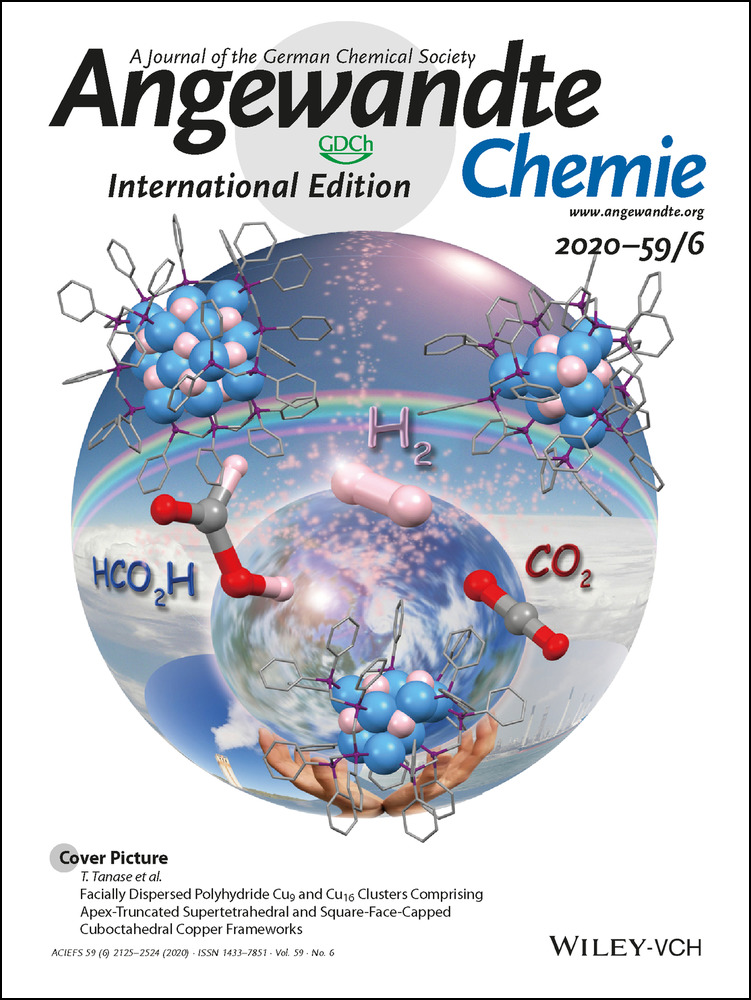In-Depth TEM Investigation on Structural Inhomogeneity within a Primary LixNi0.835Co0.15Al0.015O2 Particle: Origin of Capacity Decay during High-Rate Discharge
Graphical Abstract
Origin of capacity decay: Structural evolutions within a primary LiNi0.835Co0.15Al0.015O2 (NCA83) particle, as a cathode material for Li-ion batteries, were investigated during various electrochemical processes using TEM. Significant reduction in the electrochemical capacity of NCA83 in the second charge is correlated with the development of nano-scale and micro-scale structural inversions.
Abstract
The structural stability of cathode materials during electrochemical reactions, in particular, under high-rate discharge, is pertinent to the design and development of new electrode materials. This study investigates the structural inhomogeneity that develops within a single LiNi0.835Co0.15Al0.015O2 (NCA83) particle during a fast discharging process under different cutoff voltages. Some of the NCA83 particles discharged from a high cutoff voltage (4.8 V) developed surface areas in which the layered structure was recovered, although the interiors retained the degraded spinel structure. These micro- and nano-scale structural inversions from high cutoff voltage seem highly correlated with structural evolutions in the initial charged state, and may ultimately degrade the cycling stability. This study advances understanding of the structural inhomogeneity within primary particles during various electrochemical processes and may facilitate the development of new Ni-rich cathode materials.
Conflict of interest
The authors declare no conflict of interest.





